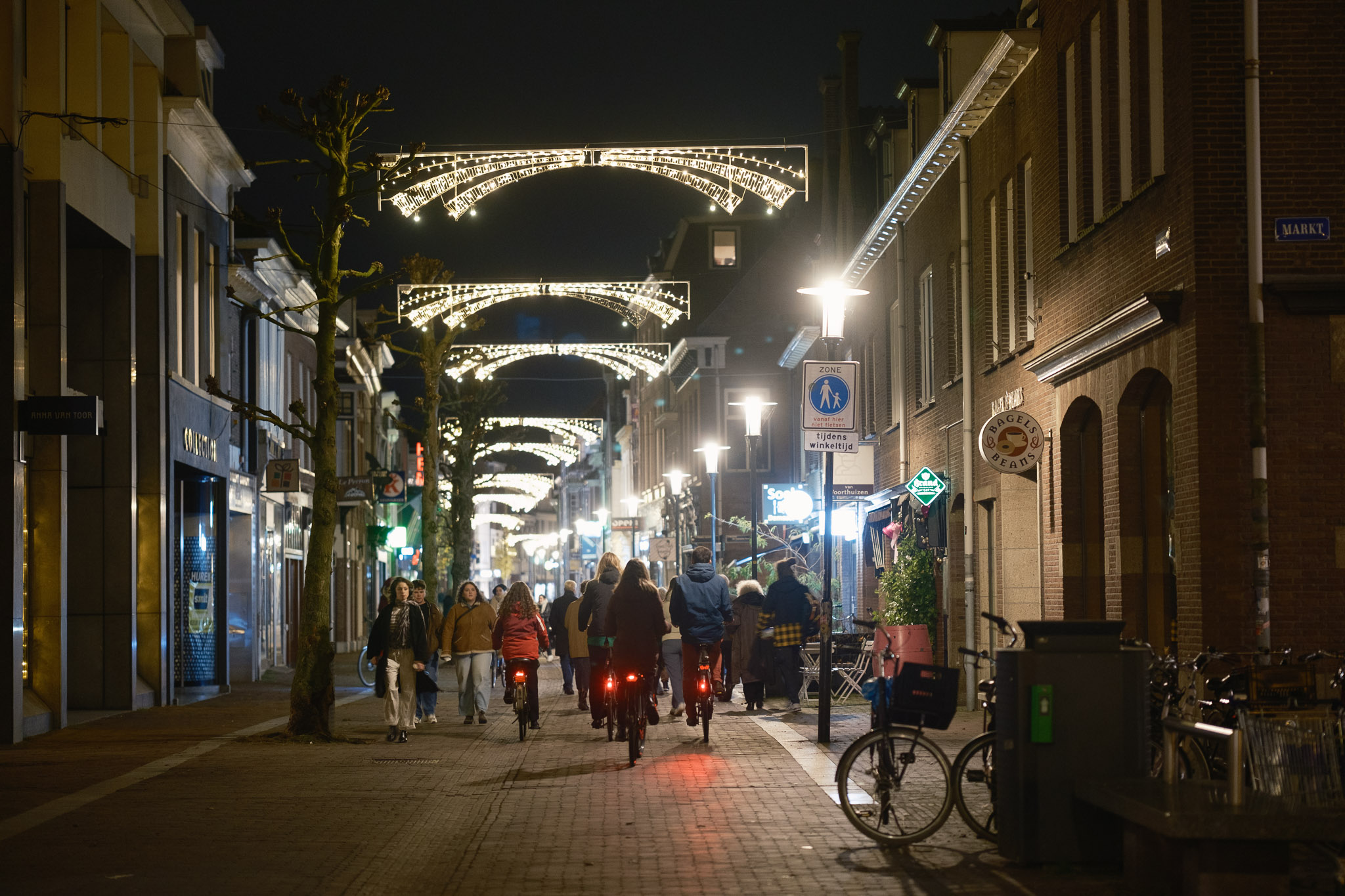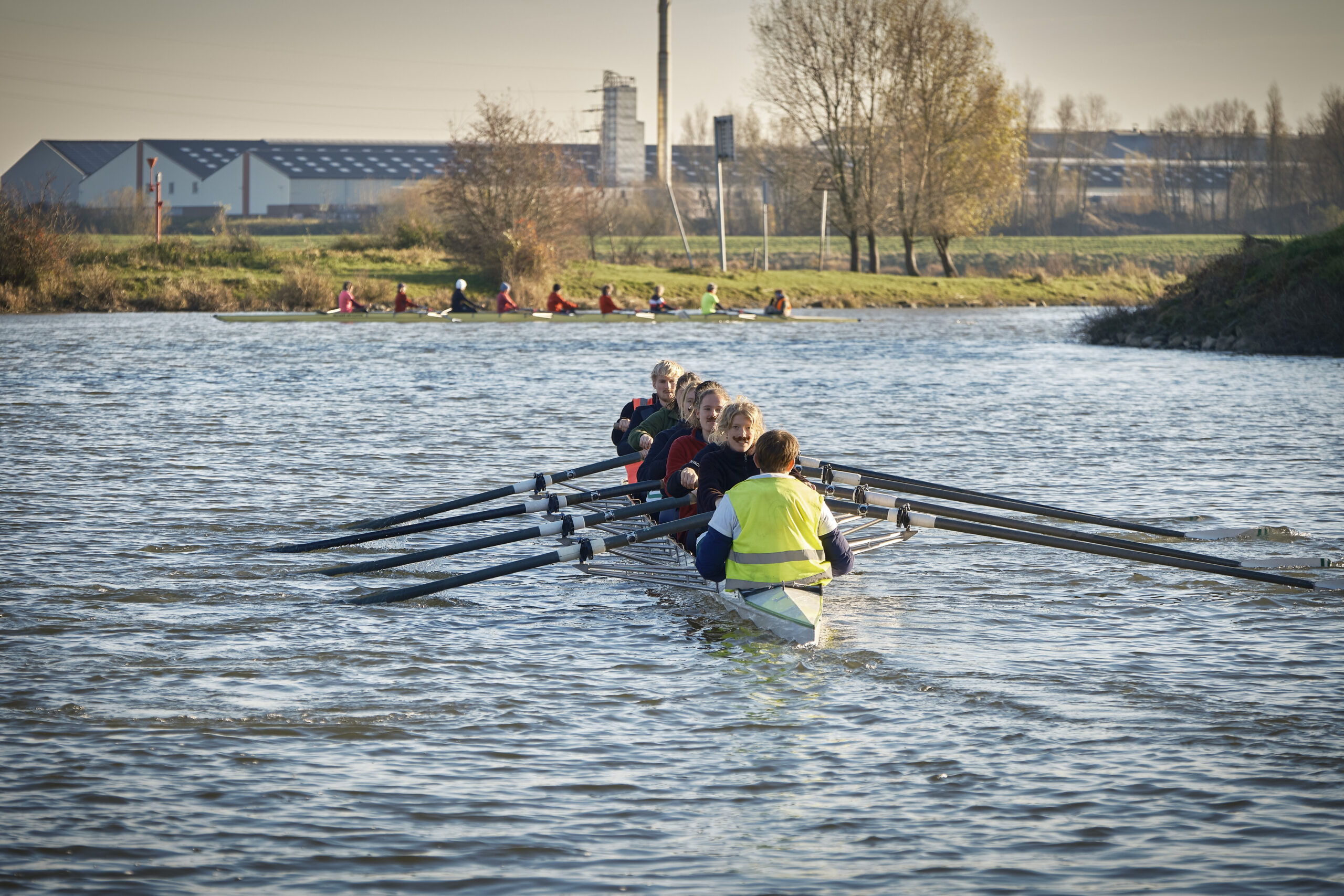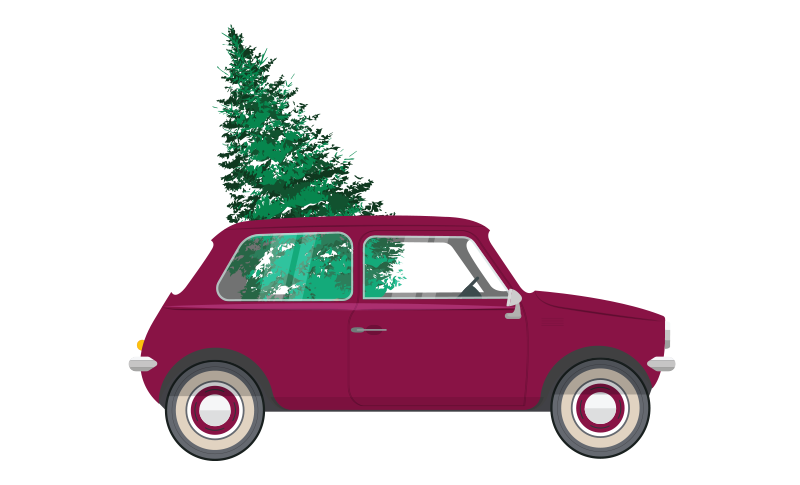It is almost Christmas. I stand with my garden-glove-covered hands in the air, elbows against my sides. I have a tablecloth-apron tied around my neck to protect my clothes against the blood. I look down on the unfortunate patient. Amidst plucked feathers, the naked bullet-riddled body lies unmoving. An ecology-victim; dead for about a week. She is beyond saving. As their name suggests, Egyptian Geese are not native to the Netherlands. Quite the contrary: they’re classified as an invasive species and member states of the European Union are obliged to try to eliminate the species from the European soil.
My mother hands me the knife, and I make the first incision over the sternum in the middle of the ribcage. The smell of dead animal is slightly nauseating. I pull back the skin from the ribcage as if it were a bloody onesie, revealing the chest muscles.
I stopped eating meat some five years ago. I never really missed it since. I’ve had a few pieces over the years, when it was disrespectful not to, or on the rare occasion that there was really nothing else available.
I pull back the skin from the ribcage as if it were a bloody onesie, revealing the chest muscles.
I cut along the ribs to separate the meat from the bone, careful around the wing: there is a major artery there.
I don’t really think normal amounts of healthy meat are bad for you or anything. For me the ecological and the climatic destruction are far more important arguments against eating meat. But above all, I just think it’s almost always unnecessary to kill a sentient being for food in our society. I can pet a cow without feeling guilty.
My mother gently pulls the chest muscle while I cut away the remaining connective tissue. In my hand, it’s suddenly not a disgusting piece of corpse, but a piece of meat, like those anonymous pieces you find vacuum-packed in the Albert Heijn. I flop the chest muscle on a plate. After the other chest muscles are removed, my mother proceeds to break off the lower legs, pop out the hip joints, and cuts out the leg muscles. I clean the meat, douse it in olive oil, salt and pepper, and massage it. Massaging sounds nicer than what it is; I hit the meat with my fist to make it softer; goose is tough meat. Muscle against muscle; I will never look at geese, or my own chest muscles, in the same way again.
After marinating the goose overnight in red wine, vinegar, spices and herbs, we prepare it for cooking. We drain the marinade, add fresh wine, herbs and oil and put the whole thing in a cast-iron pan in the oven. We leave it cooking at 130 degrees for almost two hours.
Besides this invasive specimen in our oven, the Netherlands are also killing hundreds of thousands of native geese because of the damage they do to the grasslands of farmers. Most of the grassland is monoculture and most of this grass goes to cows that never go outside, to complement their diet of soy from the Amazon. If I’m not wrong, the vast majority of hunted geese get thrown away. This goose I got from a hunter, a friend of a friend, for the price of the bullet that brought it down.
The meat comes out tender, albeit a bit dry. We serve it thinly sliced on top of a salad. The taste is incredible, but that may be because of my emotional involvement.
I bury the rest of the goose in an unmarked grave in the garden, in the drizzling rain.




